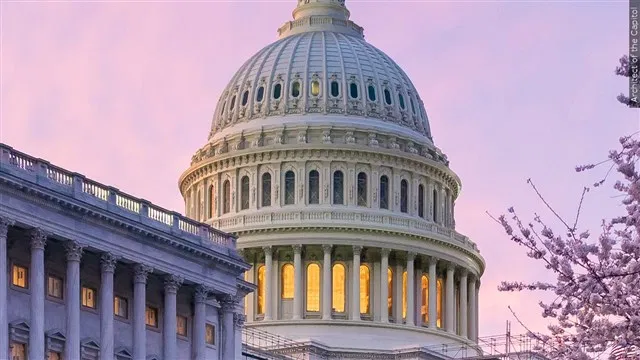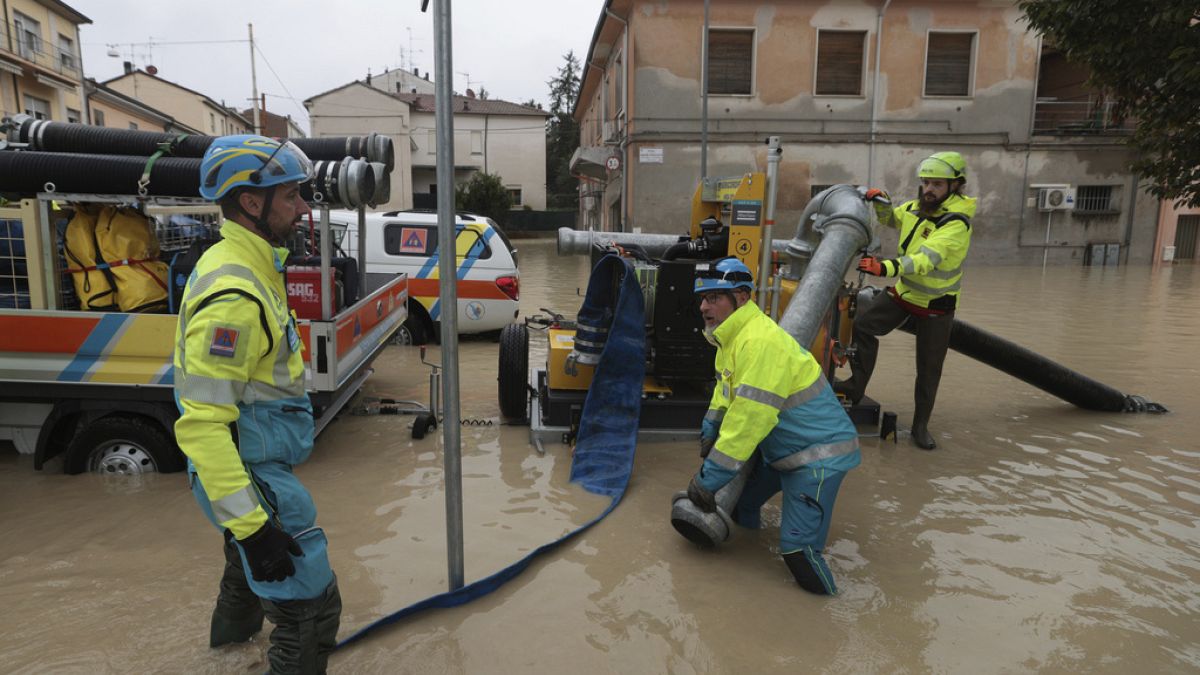

investigates
Hmm. Apparently, yeah, some Tesla vehicles do and some do not.
reads further
It sounds like autos in general are shifting away from tempered glass side windows to laminated glass, so those window breakers may not be effective on a number of newer cars. Hmm. Well, that’s interesting.
https://info.glass.com/laminated-vs-tempered-car-side-windows/
You may have seen it in the news recently—instances of someone getting stuck in their vehicle after an accident because the car was equipped with laminated side windows. Laminated windows are nearly impossible to break with traditional glass-break tools. These small devices are carried in many driver’s gloveboxes because they easily break car windows so that occupants can escape in emergency situations. Unfortunately, these traditional glass-break tools don’t work with laminated side windows. Even first responder professionals have difficulty breaking through laminated glass windows with specialized tools. It can take minutes to saw through and remove laminated glass. In comparison, tempered glass breaks away in mere seconds.






















I have a very, very tiny folding knife (less than an inch blade) on my keychain, and unless I’m flying somewhere, I always have that, and I suppose that that could cut a seatbelt, though I doubt that it’d be likely for the seatbelt to jam. No glass punch, though.